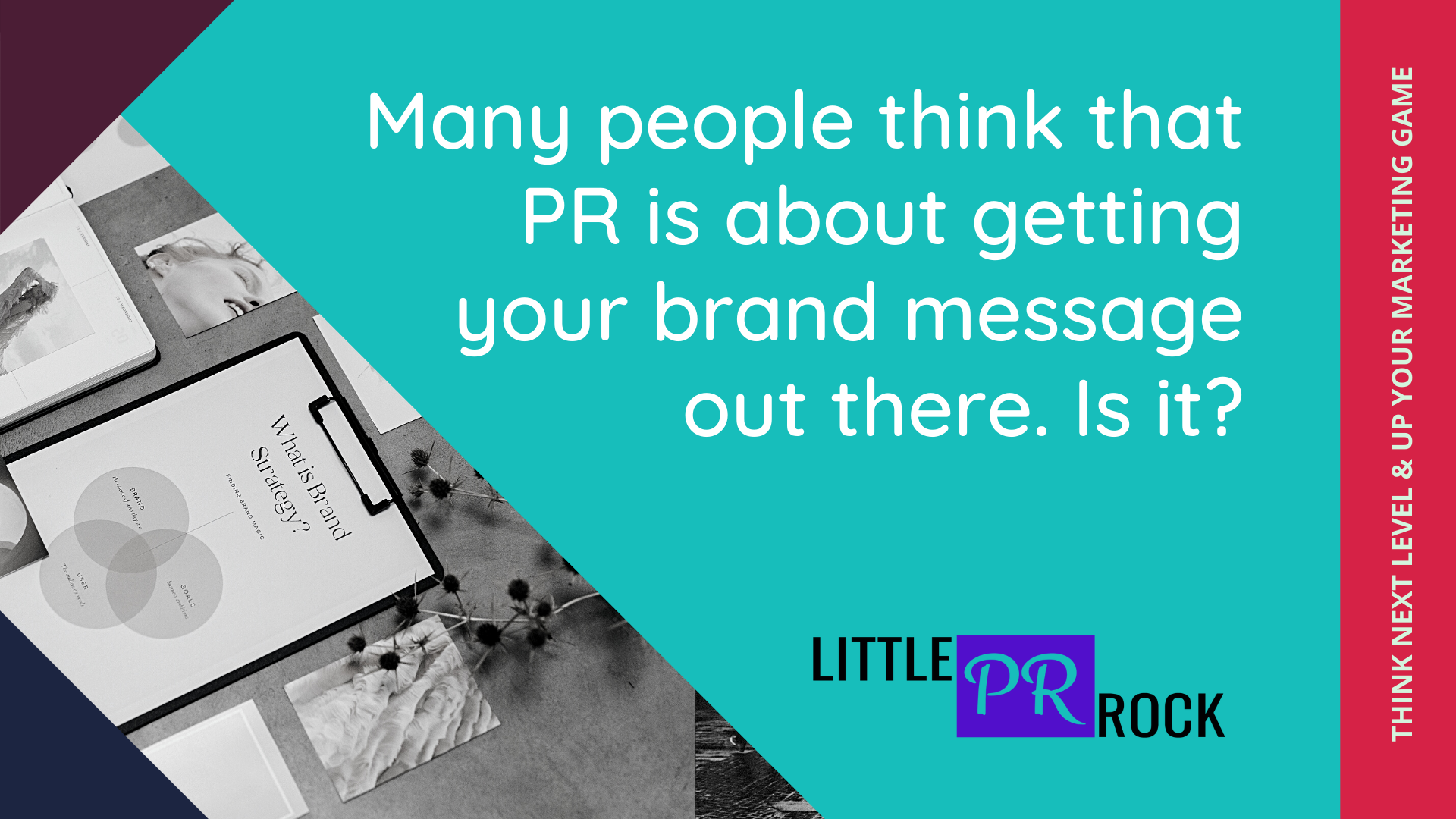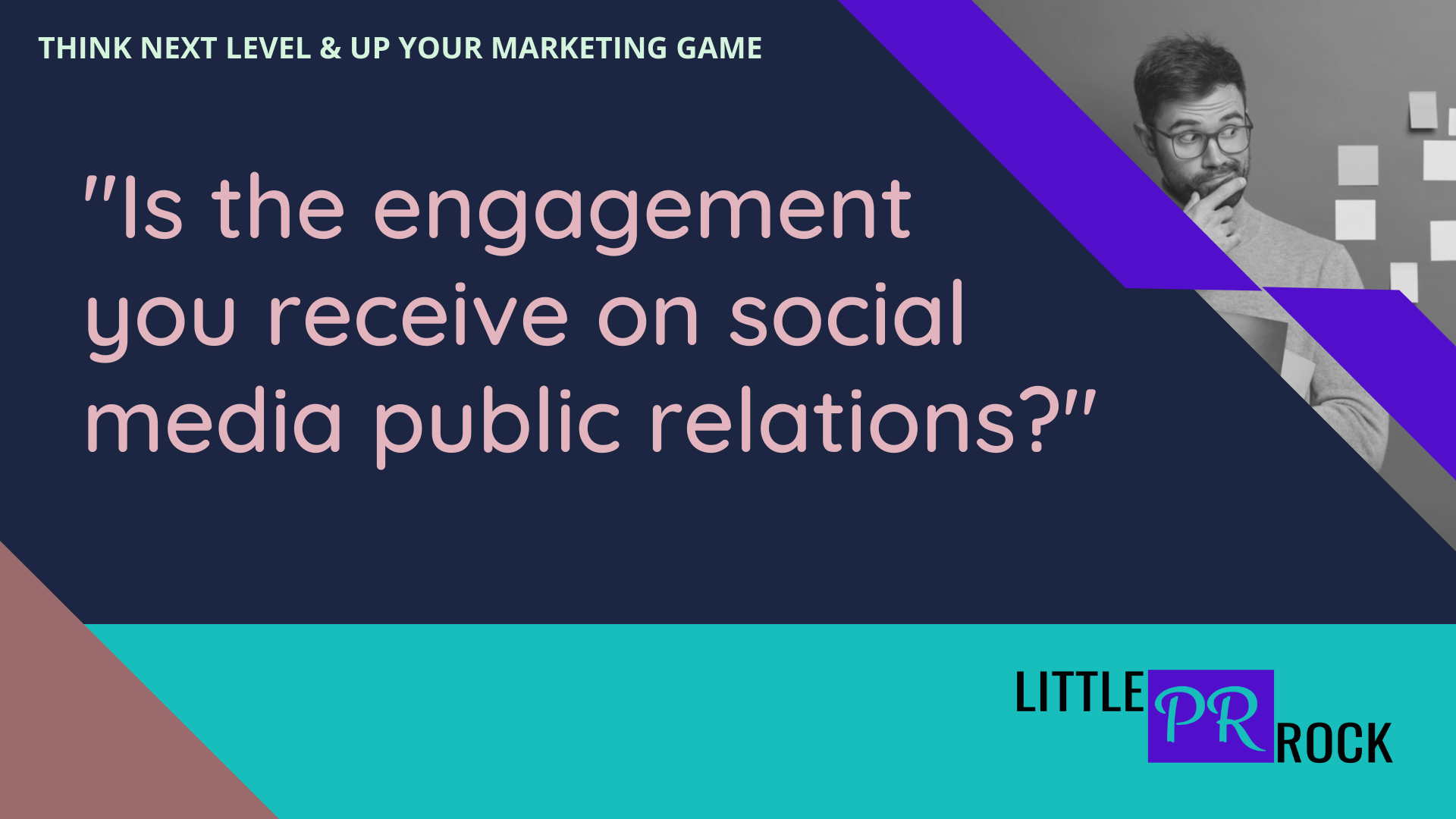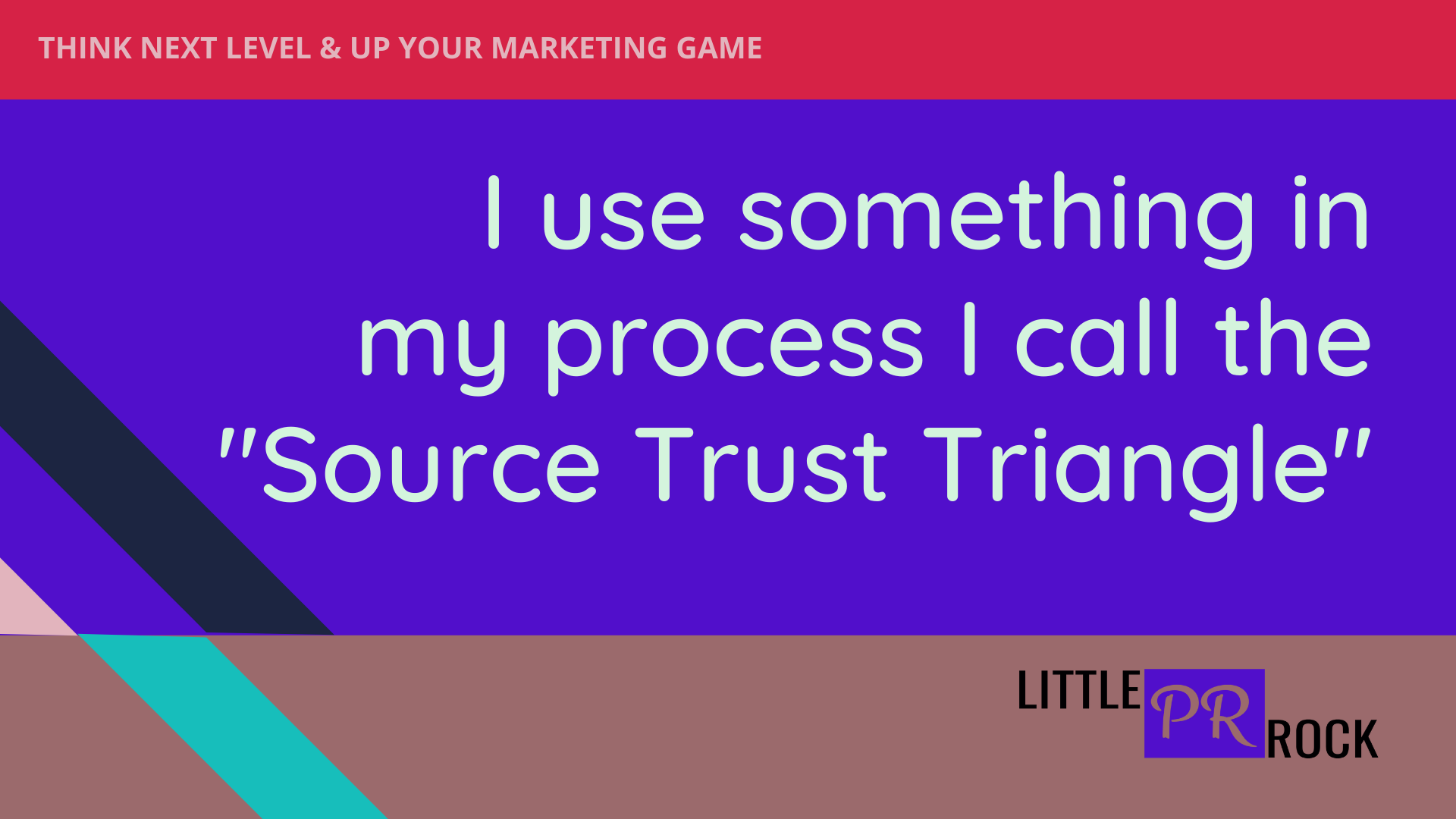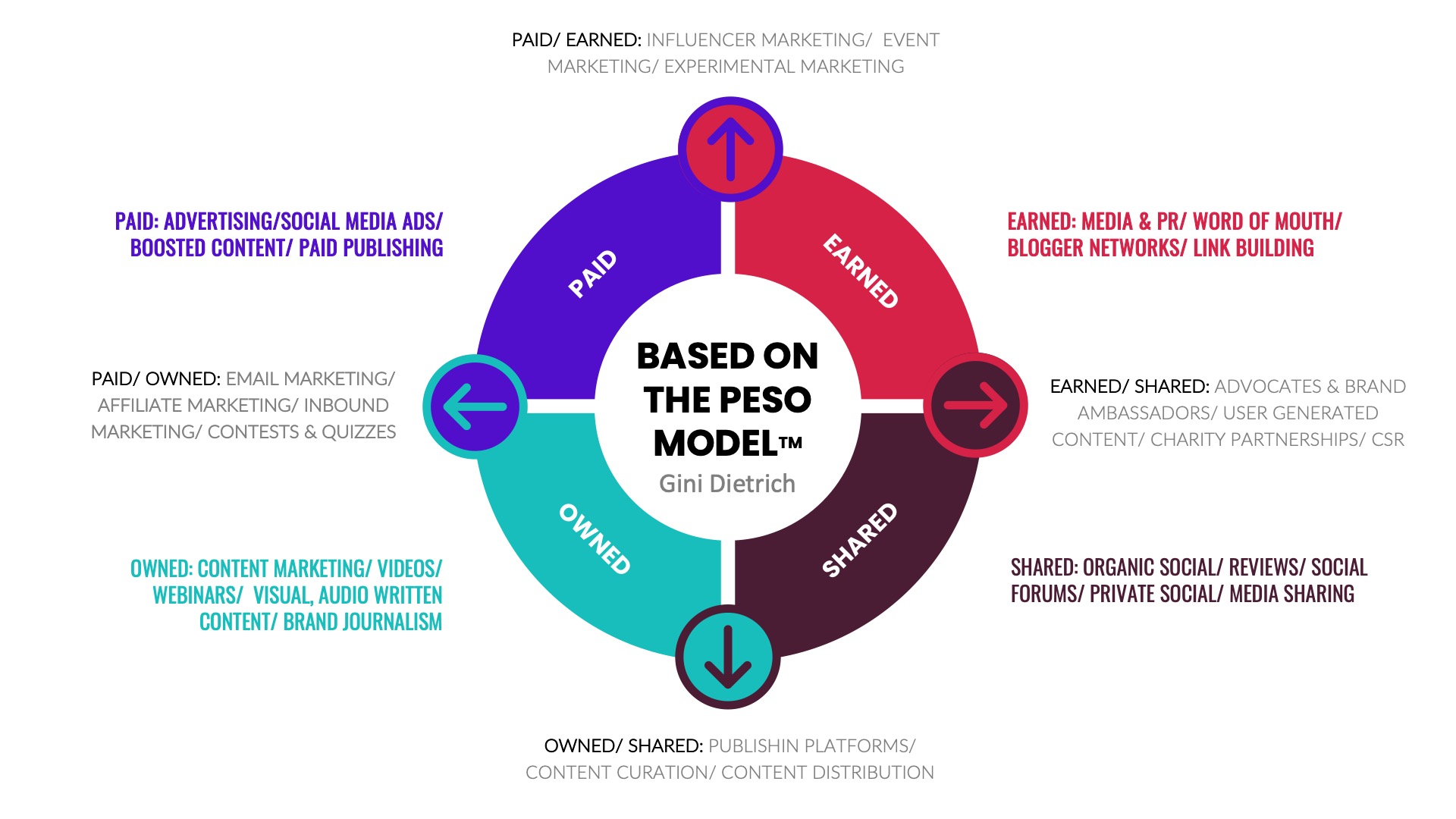6 MINUTE READ
I recently spoke at an event about Public Relations (PR). The group was asked to talk about their perception of what PR is, and what it means to them in their business before I spoke. I wasn’t shocked by the answers as many people understood PR can cover many areas of marketing. However, I was disappointed to think that many people thought PR is a form of advertising. Thankfully I was heartened to discover that one member understood the process of how an advertorial is formed as they can easily be misunderstood. An advertorial is a piece of publicity where half is an editorial, and the other half is a paid advertisement. Therefore, it is still Paid or Owned Media.
PR on the other hand is Earned Media. PR is the relationship that you have with your audience, clients and industry peers. It is your credibility and what people say about you behind your back. It is your reputation. This cannot and should not be bought. The sense of satisfaction when you are featured in a credibility piece can be extremely satisfying and rewarding. Positivity can make you strive for more and aim for the next level. That is why Respect and Recognition are one of my 5 Key ROI Marketing Principles.

Many of the group thought that PR is about getting your brand message out there with promotions in editorials, on social media, and meant having an array of branded material for publicity at hand an essential part of the PR process. It is worth noting that credibility can fly out of the window when it becomes a promotional pitch. It is all about balance. Some members felt that it is about getting the right audience, adding value and being an expert in your field and that face-to-face networking is also relevant. All valid to making an impact with a confident contribution in your field. I use a PR process of Thought Leadership Marketing which can give consultants, coaches, speakers, and authors an advantage. PR is not for everyone, but it may just elevate you above your competition.
Some of the group at that PR talk had appeared on podcasts and understood what a press release is but not really what it can do for you. They have had them created by other people at specific times in their business careers. I was interested to see that one member had spoken directly to their clients for feedback. Essentially this is a reliable way of finding out what word-of-mouth opportunities you have. The most important part of PR for me is about relationship building with clients and peers, and so in that respect, market research is highly valued as much as testimonials.

One question raised later in the day was, “Is the engagement you receive on social media public relations?” I can only answer that PR in media publications are called Earned Media. You cannot buy Earned Media because you earn it. Your Owned Media is the media you control and pay for in your advertisements and marketing. The engagement you receive on social media therefore is Shared Media because it combines both. One of the members said that when she emails or contacts a media publication, she will do the work for them and provide them with as much information as possible. This delivery is what we call DIFT or do it for them, which is a phrase I got from a media expert called Michael Smart.
I realised giving this talk was that some of the group do not feel ready for PR because of their clarity of message. Clarity is essential as well as having your Owned Media in sync as journalists, editors or others will check it out to see if you are consistent. I spoke to one of the group members who needed to feel confident to promote themselves as a subject matter expert. I commented that you may or may not be an expert, depending on your audience. It could be argued that if you know something a little more than someone else you become their expert. I use something in my process called the Source Trust Triangle, and the word “Qualified” as an expert was what she questioned. I believe if you can demonstrate something with expertise or qualifications or both, that will make you an expert in what you do. I also appreciate the information changes all the time and that we need to adapt and recognise that we need to refresh our knowledge.

Therefore, I was pleased to tell this group about the Imposter syndrome I felt myself when writing an article for my industry. It is steps like this that give you the confidence to go to the next level. You need to be brave, and you need to be forthright, and you need to believe in what you’re saying. As I use PR in Thought Leadership Marketing it keeps you on my toes and makes sure that I feel that everything I do is credible, valuable, honest, and detailed as it can be.
I understand what it feels like to have doubts about your expertise. You will know when the right time is for you. Having delivered a similar talk about PR to my fellow Toastmasters International members of the Voice of Wales Speakers Club, I had a very different feeling giving the same information. That is because one audience member has had experience in PR for many years, including working with the government. I felt that my expertise might have come into question. Thankfully it did not, although I will be touching base with him to build my knowledge.
That is also why I am studying for my CIPR Diploma at the MA level as I need to find out what’s going on in the industry currently. This talk about PR has prompted me to create a graphic about what is known as PESO Model of Paid, Earned, Shared and Owned Media, and I will share this in the Facebook group for the members I spoke to, helping them to understand it and where they fit into the process.
Dietrich’s PESO model is a strategy that advocates integrating paid, earned, shared, and owned media to deliver integrated marketing programs, extend reach, and establish brands as leaders in their industry.
WHERE DOES MY PR FIT THE MODEL?

